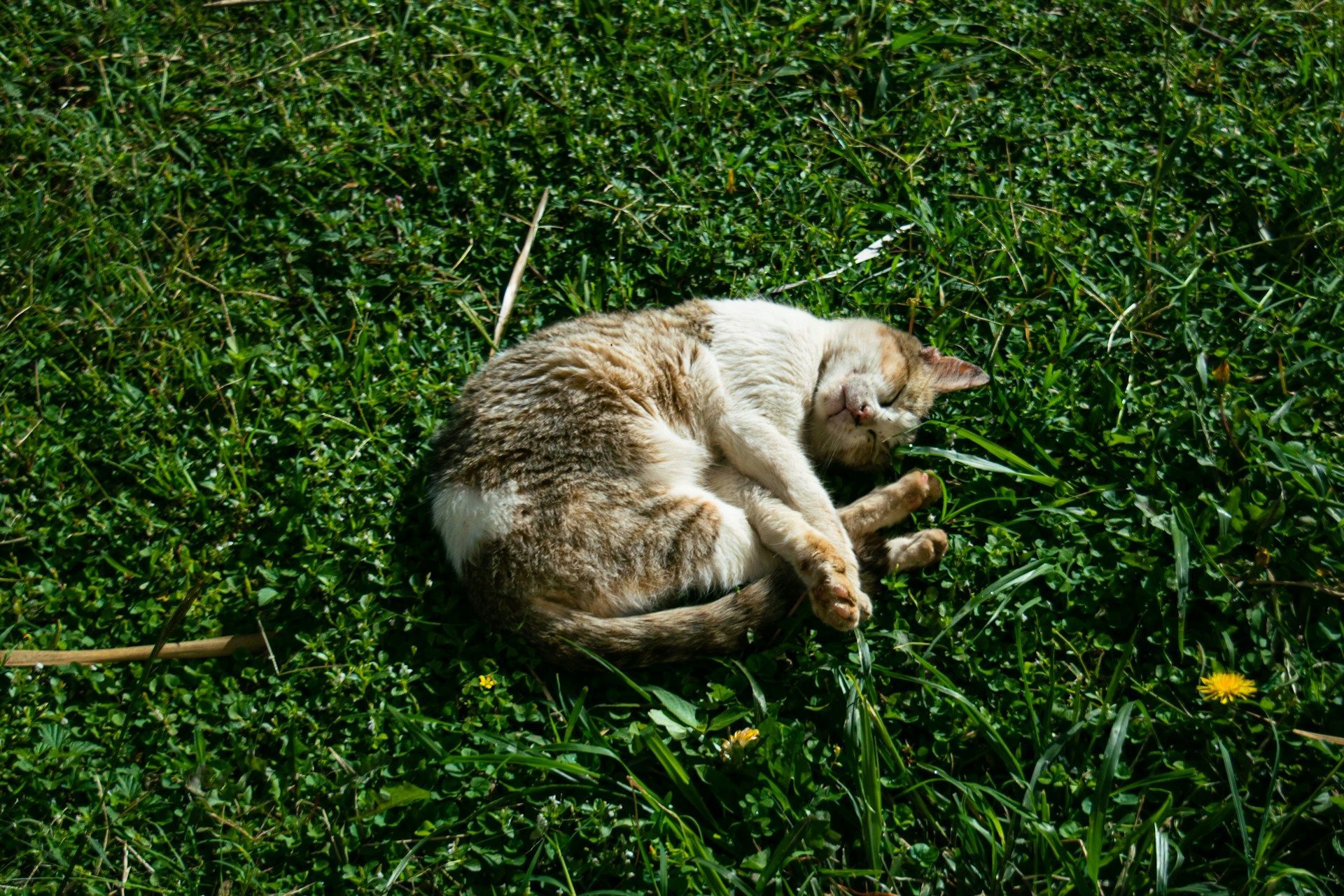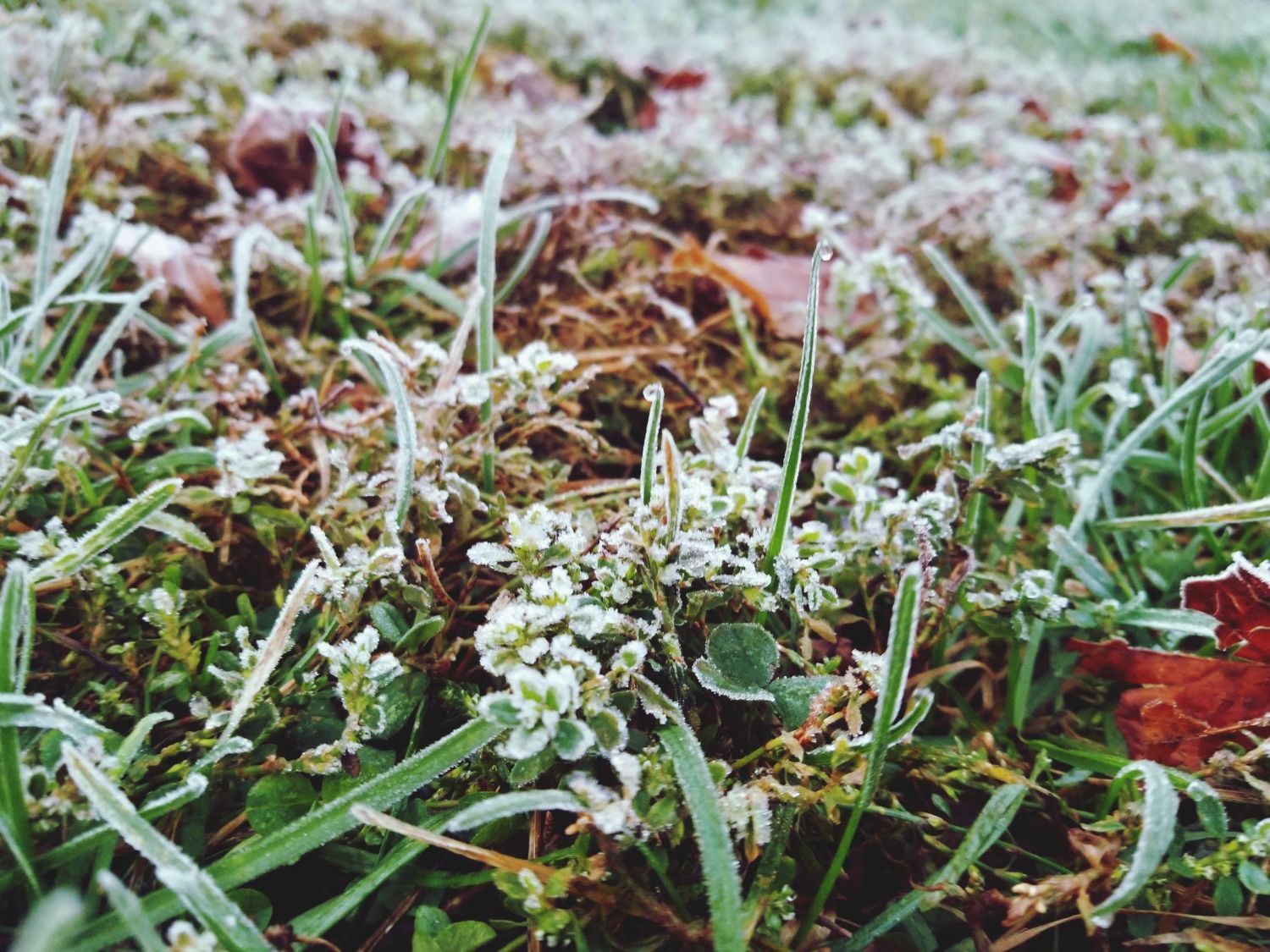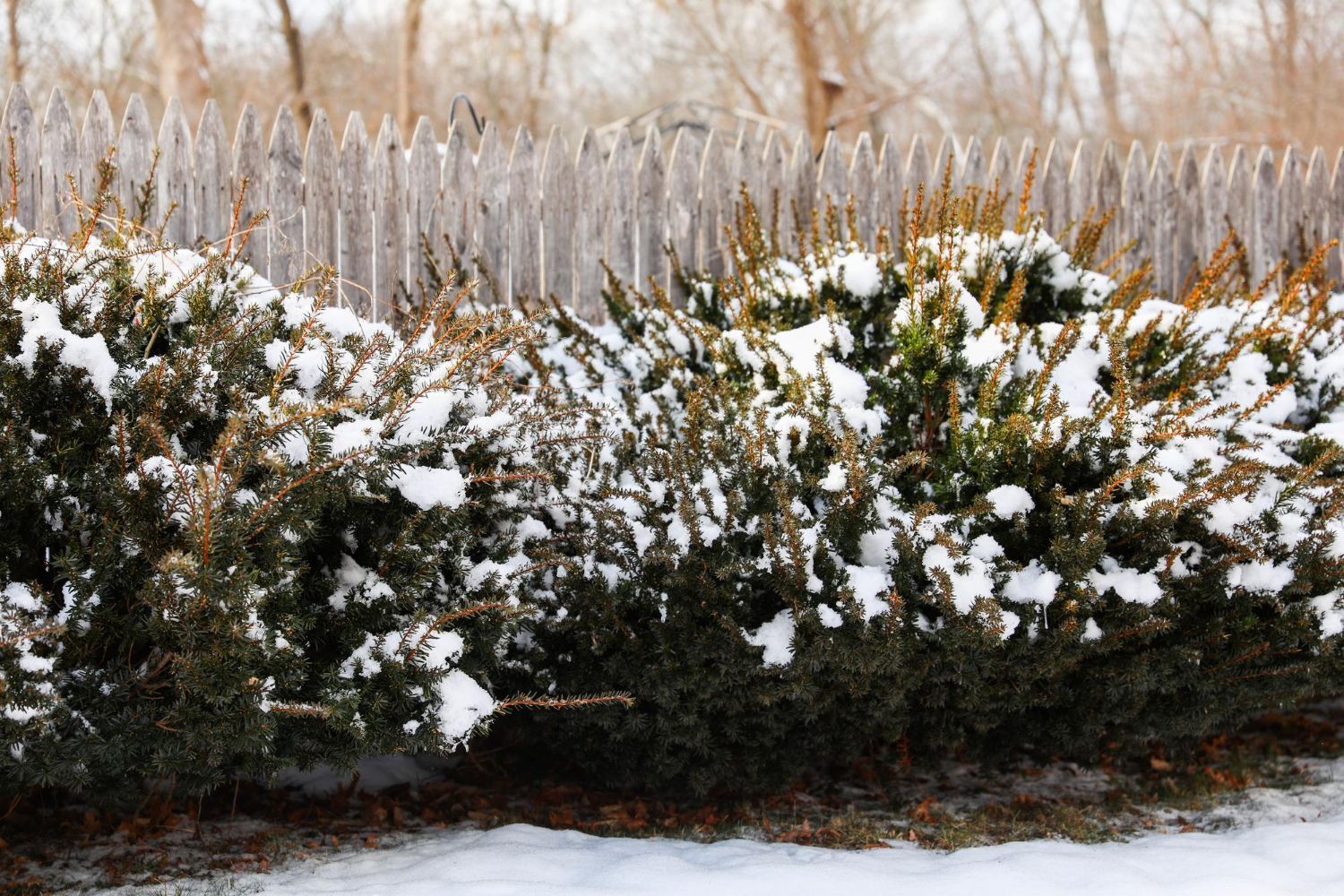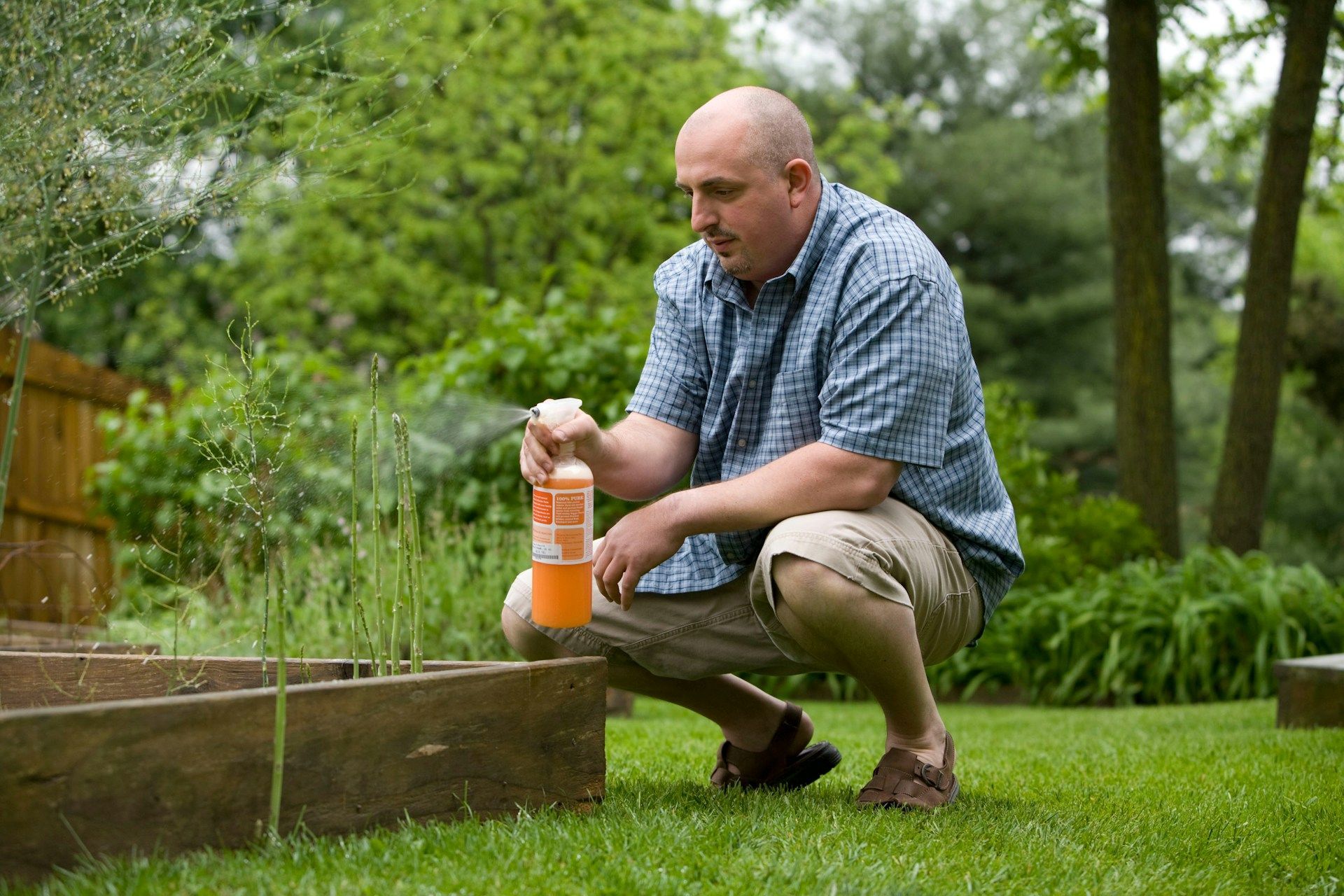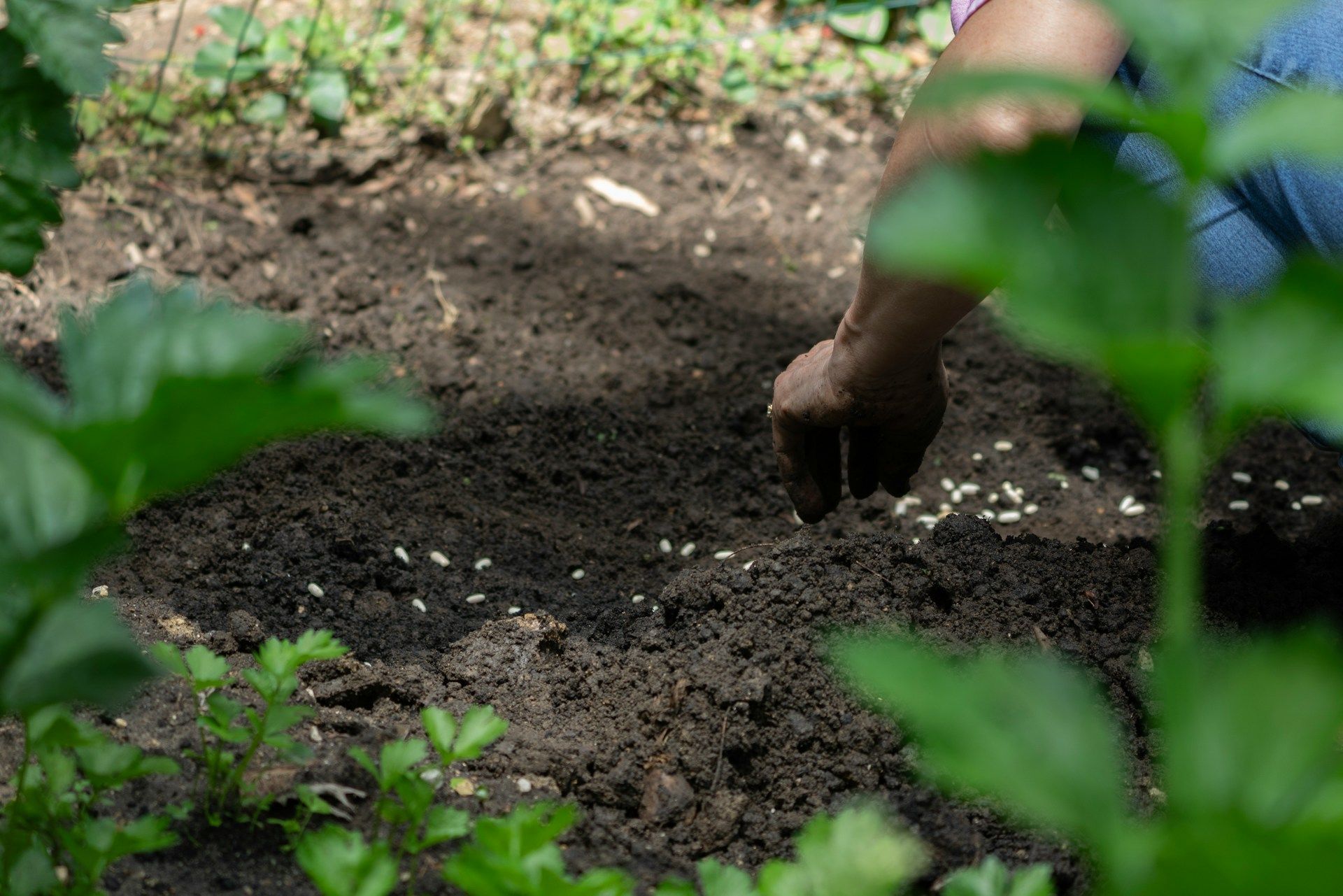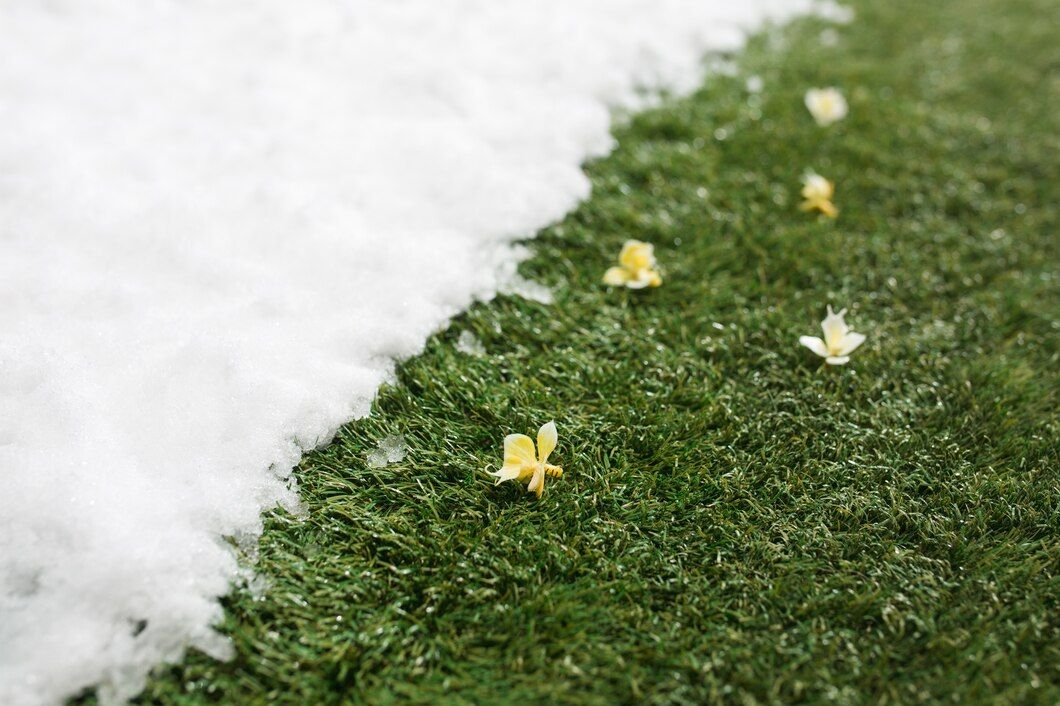What Our Customers Are Saying
Quality Turf: Why Aerating Your Lawn Boosts Its Health
Ever noticed how golf courses and public parks always seem to have perfect grass? One of their big secrets is something called lawn aeration. This might sound complex, but it's actually a simple way to make your lawn stronger and healthier. When we talk about aerating your lawn, we're basically talking about poking holes in the soil. These holes allow air, water, and nutrients to get down to the roots of your grass, where they're most needed.
Aeration is like giving your lawn a breath of fresh air. It breaks up compacted soil, letting your grass breathe and grow more easily. This can be especially important if you have a busy yard with lots of foot traffic or heavy play from kids or pets.
Think of it as a spa day for your yard: it may not seem necessary all the time, but it does wonders for maintaining a beautiful and healthy lawn. You'll learn exactly how aeration works its magic, the best times to aerate, and how you can do it yourself to keep your lawn looking its best.
What Is Lawn Aeration and How Does It Work?
Lawn aeration is a process that involves making holes in the soil of your lawn. This might sound like it's damaging, but it actually helps your grass grow better and healthier. When we aerate a lawn, we use a special tool to remove small plugs of soil or create holes throughout the grass.
This might be done with a machine that looks a bit like a lawn mower or with a simpler tool that you can push with your feet. What happens next is pretty cool: these holes let air, water, and nutrients reach the soil more easily. This means the roots of your grass can soak up everything they need to grow stronger and healthier.
Think of it like loosening up a packed suitcase to make more room; aeration frees up space in the soil so that roots can spread out and grow. This process is particularly important if the soil is very compacted, which can happen after a lot of walking or playing on the grass.
Compacted soil makes it hard for anything to penetrate, including water, which can lead to puddles and other problems. By aerating, we help make sure everything that's good for your lawn can get where it needs to go.
Top Benefits of Aerating Your Lawn
Aerating your lawn has many benefits, some of which you might not immediately notice but are essential for the long-term health of your yard. First and foremost, aeration helps improve the drainage of your lawn. This means less waterlogging and fewer puddles forming after rain, which can prevent lawn diseases and root problems. Additionally, when the soil can drain properly, your grass roots grow deeper, creating a stronger, more resilient lawn that can handle drought better.
Another great benefit of aeration is that it enhances nutrient uptake. With easier access to air and water, the lawn's roots can absorb fertilize more effectively. This means you'll see greener, lusher grass as the nutrients in the soil are utilized more efficiently. Also, aeration reduces thatch buildup. Thatch is a layer of dead and living grass shoots, stems, and roots that can accumulate between the soil surface and the live grass.
A thick layer of thatch can block moisture, nutrients, and air from reaching the soil, but aeration helps break it up and keep it under control. By incorporating aeration into your lawn care routine, you’re setting the stage for a healthier and more beautiful lawn. Whether you're dealing with compacted soil or looking to boost the overall vitality of your yard, aeration can be a game changer.
When and How Often Should You Aerate Your Lawn?
Knowing when and how often to aerate your lawn depends largely on the type of grass and soil, as well as the usage your lawn gets. For cool-season grasses, such as Kentucky bluegrass or fescue, the best time to aerate is during the growth periods in the spring and fall. This timing allows the grass to heal and fill in any open areas after soil plugs are removed.
For warm-season grasses, like Bermuda or Zoysia, late spring through early summer is the ideal time for aeration. This is when these grasses are most actively growing and can best recover from the stress of aeration.
Generally, aerating once a year is sufficient for most lawns. However, if your lawn experiences high traffic from kids playing, pets running around, or frequent social gatherings, it might benefit from aerating twice a year. Lawns with clay soils also tend to compact more quickly and may need more frequent aeration to maintain optimal health.
Monitoring how quickly your lawn recovers from aeration can be a good indicator of how often this task should be performed. If you notice that your lawn continues to thrive with less frequent aeration, stick with what works best for your specific conditions.
Simple Steps to Aerate Your Lawn Like a Pro
Aerating your lawn like a pro doesn’t require fancy equipment or deep expertise. You just need the right tools and a bit of guidance. First, ensure your lawn is properly watered a day before you plan to aerate; this makes the soil easier to work with. You can rent a mechanical aerator if you don’t own one, which effectively removes plugs of soil from the ground. Start by going over your lawn in one direction with the aerator, then make a second pass over it at a right angle to ensure thorough coverage.
After you’ve finished aerating, leave the soil plugs on the lawn as they contain valuable microorganisms that can help break down thatch. Over the next week, these plugs will break down and work back into the soil. Finally, this is a perfect opportunity to overseed or add fertilizer to your lawn, as the open soil is ideal for introducing new seed and nutrients that can be easily accessed by the grass roots. Regularly following these steps will help strengthen your lawn, making it more lush, green, and resilient against weeds and pests.
From Dull to Dynamic: How Aeration Transforms Your Turf
Maintaining a lush, vibrant lawn is not just about regular mowing and watering; it’s about understanding and implementing the best practices like aeration that truly make a difference. Aeration is a simple yet critical aspect of lawn care that promotes healthy grass by facilitating the proper infiltration of water, nutrients, and air to the grass roots. By incorporating aeration into your annual lawn care routine, you ensure your grass has everything it needs to grow thick and strong.
If you're looking to take your lawn care to the next level and ensure your grass is the envy of the neighborhood, Healthy Lawn is here to help. Our experts are equipped with the best tools and knowledge to provide top-notch
lawn aeration services. Contact us today to schedule your lawn's next aeration service, and watch as we transform your lawn into a robust, healthy landscape that stands out in your community.



